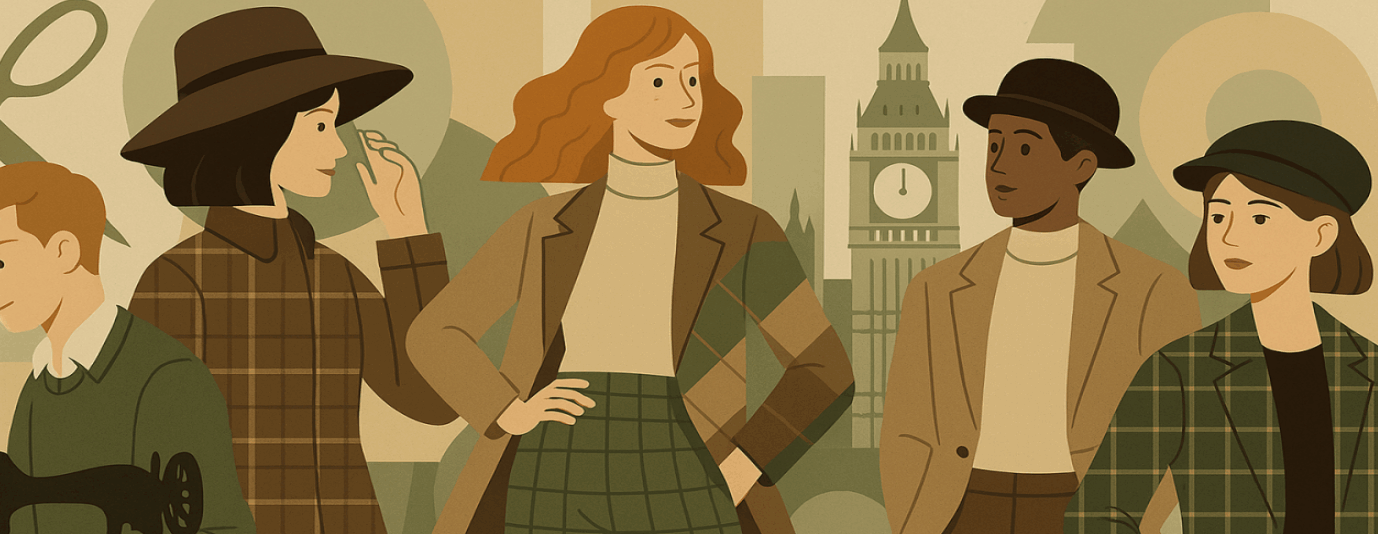“There are few clothing items that have experienced such a rise and fall in popularity as the hat.”
Reece Goodall
Once upon a time, the bowler hat was a symbol of the middle class and the style of the gentleman, while the flat cap marked out the working class.
Today, these classic styles are back on the streets and all over film and TV. But do they still carry meaning – or are they just a nod to vintage fashion?
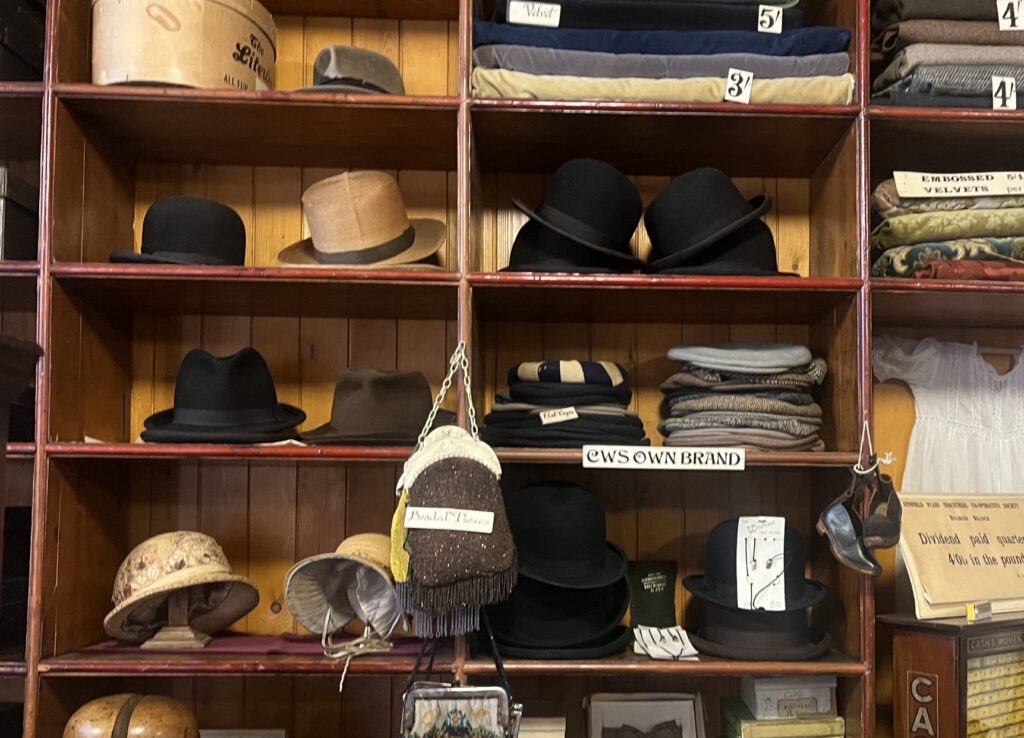
Mary Brooks, a dress and cultural heritage expert at Durham University, believes hats have always been more than accessories.
”Back in the late 19th and early 20th centuries, hats in Britain were part of the social order,” she said.
“Hats were never just about keeping warm,” Mary explains. “They were a symbol that revealed your class background.”
A bowler hat meant middle-class respectability or financial clout, while a flat cap was the go-to for working men and rural labourers. Women, meanwhile, faced even stricter rules: church on Sunday, visiting friends – you didn’t step outside without a proper hat.
Mary smiles as she recalls her own childhood:
“When I was a child, I had to wear a hat when I went to church, and even put on a headdress before I opened the door to visitors. It was a signal – it told people ‘I’m ready’.”
She laughs: “That notion has pretty much disappeared today.”
These days, hats are no longer a daily must-have. “Now you mainly see them at weddings, the races, royal parades or vintage parties,” Mary says.
“It’s about ceremony now, not class. People wear hats for style, or to complete a look – not because society tells them to.”
This shift is reflected more directly in the two hat enthusiasts interviewed.
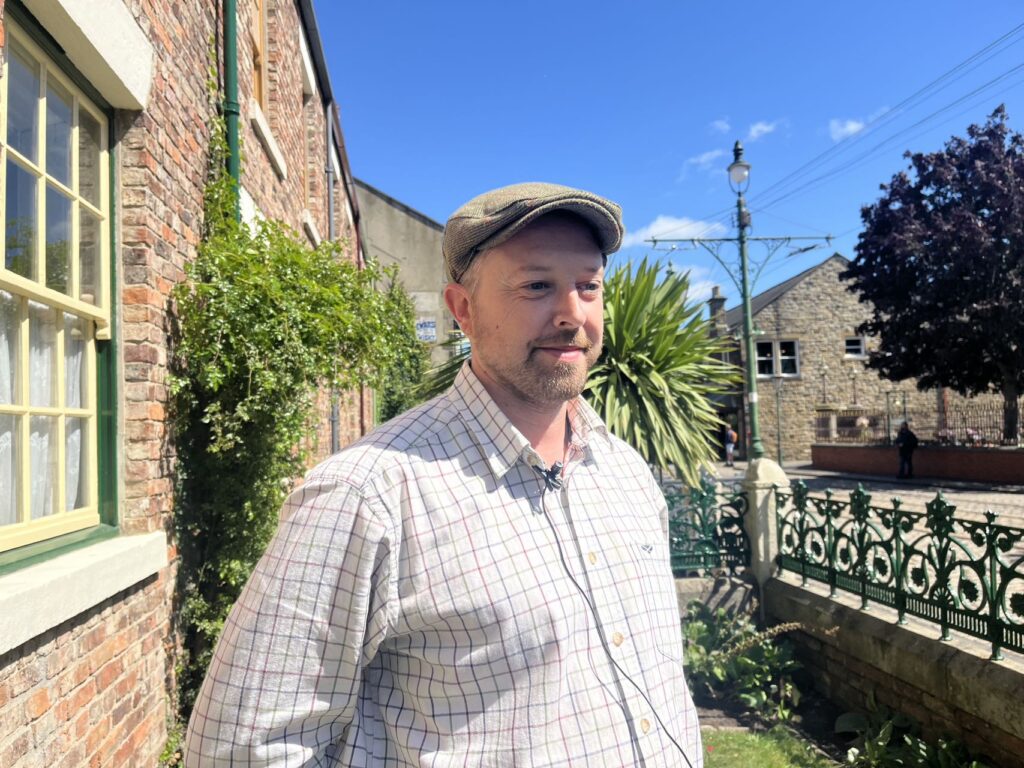
Phil James, usually seen in his trusted flat cap, doesn’t romanticise the trend – for him, it’s all about practicality. Adjusting the brim of his hat, he grins:
“I like hats because they’re practical. Best if it’s foldable, so you can stick it in your pocket. Warm but not stuffy – that’s my rule. I don’t choose hats for style, but for how they feel.”
As for symbols or tradition, he simply shakes his head:
“These days, wearing a hat is just a personal choice – nothing like the old days when it was a ‘must’.”
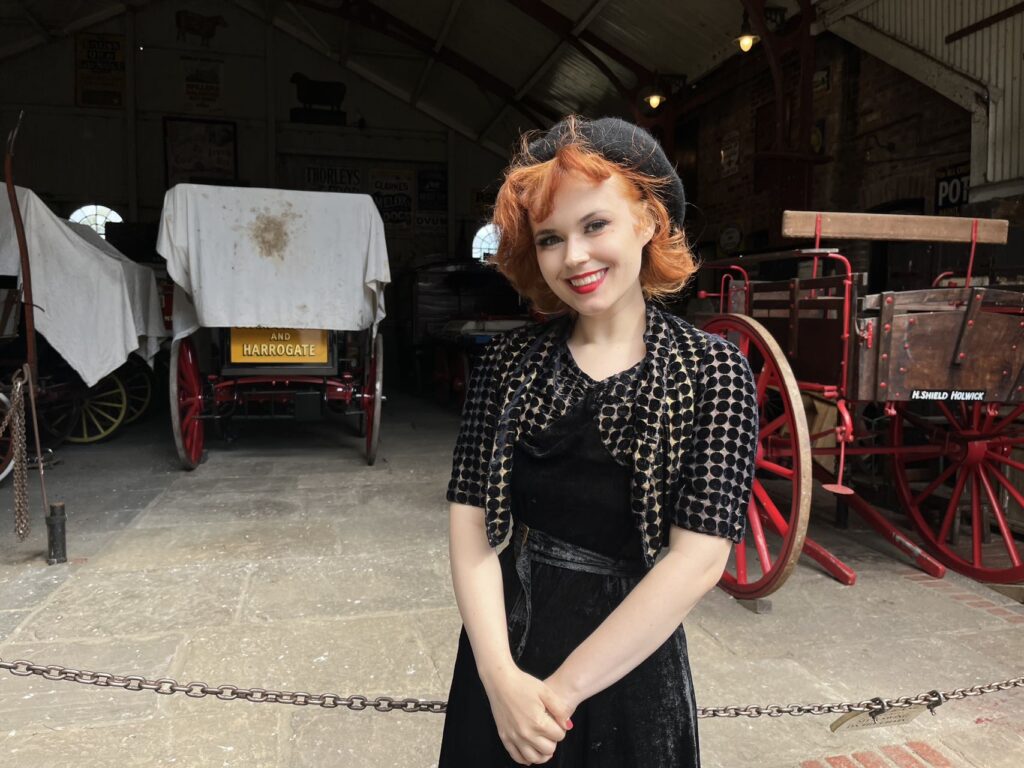
Bonnie Bulmer sees hats differently. For her, they can turn an ordinary day into something special. Tilting a small black hat perched on her red hair, she smiles:
“Even if it’s not an everyday thing, hats still say ‘today is important’. It’s not just etiquette – it’s style.”
She wouldn’t dream of skipping a hat at weddings, horse races or vintage parties. And when it comes to favourites, she has a clear preference:
“I love classic designs, like a neat little beanie, or something with extra detailing. The right hat just pulls an outfit together and makes you feel confident.”
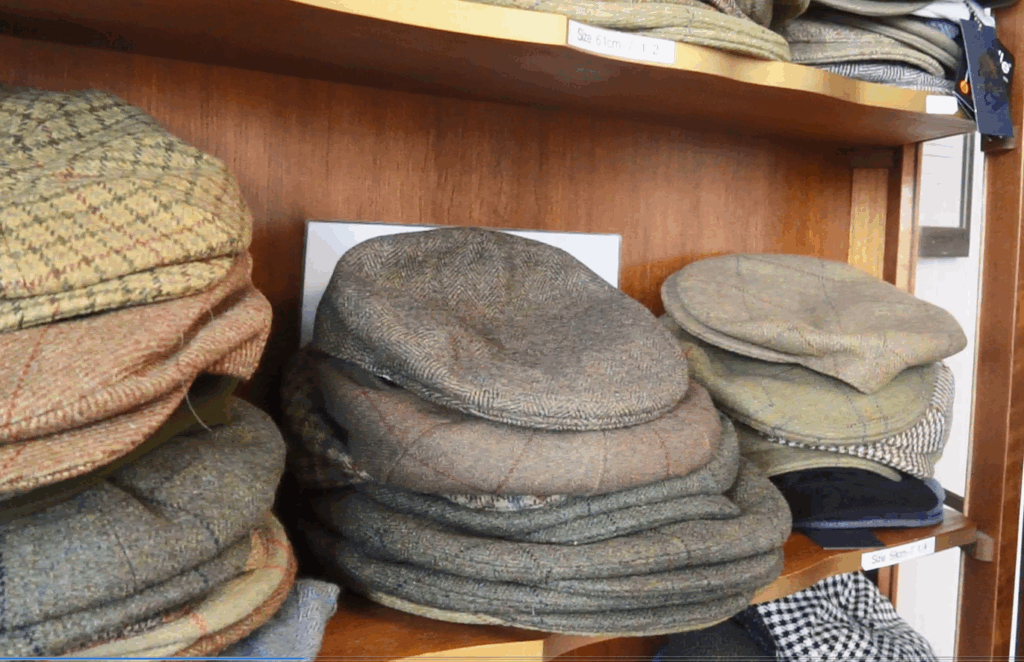
The influence of film and television is hard to ignore. BBC’s Peaky Blinders didn’t just bring back the flat cap – it sent sales soaring.
John Lewis reported that demand for flat caps jumped sharply after the show aired, part of a wider “Peaky effect” boosting heritage styles.
Meanwhile, eBay said searches for Shelby-style hats tripled during the latest season.
Yet beyond the pop-culture surge, hats still carry a deeper cultural meaning in Britain. As milliner Noel Stewart told Vogue:
“Hat wearing has been one of the most uniquely British conventions, as it plays to two of our opposing passions: our love of tradition and also of tearing up the rule book at the same time. From punks to princesses, everyone loves the drama and elegance of a hat.”
But is this really a return to tradition?
Mary isn’t convinced. While she notes there are still traditional hatmakers, she suspects many hats are no longer made in the UK. Sustainability, too, is rarely on buyers’ minds.
Her perspective highlights a gap between nostalgic style and today’s fast fashion market.
She admits, though, that a well-made hat can last for years. “Change the ribbon, add a bit of trim – it looks new again. My summer hats come out year after year.”
So will hats ever carry the same weight they once did?
Mary shakes her head.“Nowadays, most people wear hats to express individuality – or to mark a special day. They’re not about identity anymore. They’re about personal style.”
Once symbols of rank and ritual, hats today lean more toward individuality than identity. And in a world where trends shift faster than ever, their quiet return leaves us wondering: are we reviving the past, or reinventing it?
